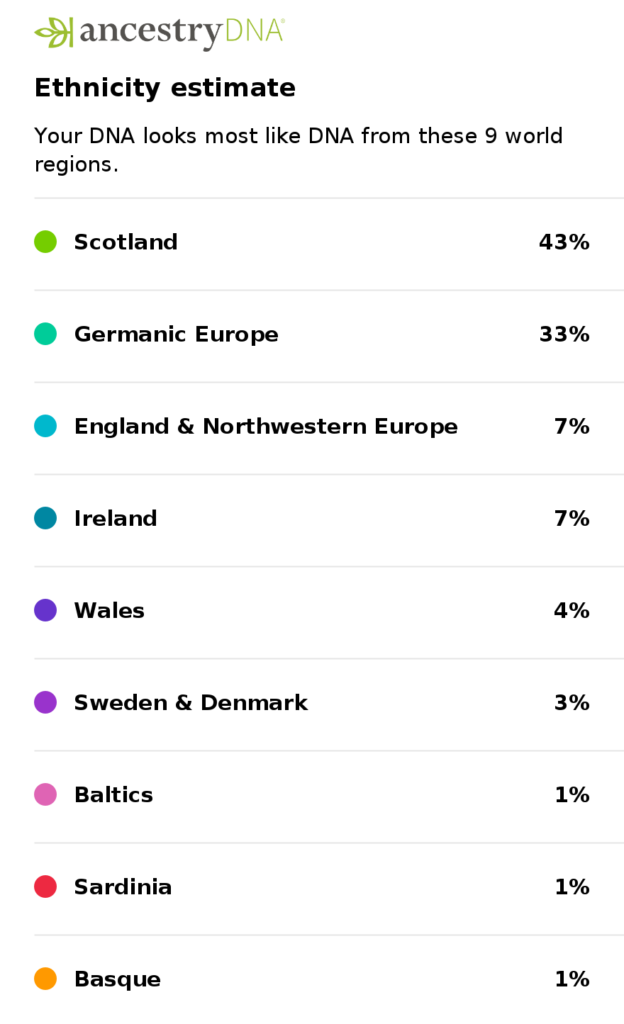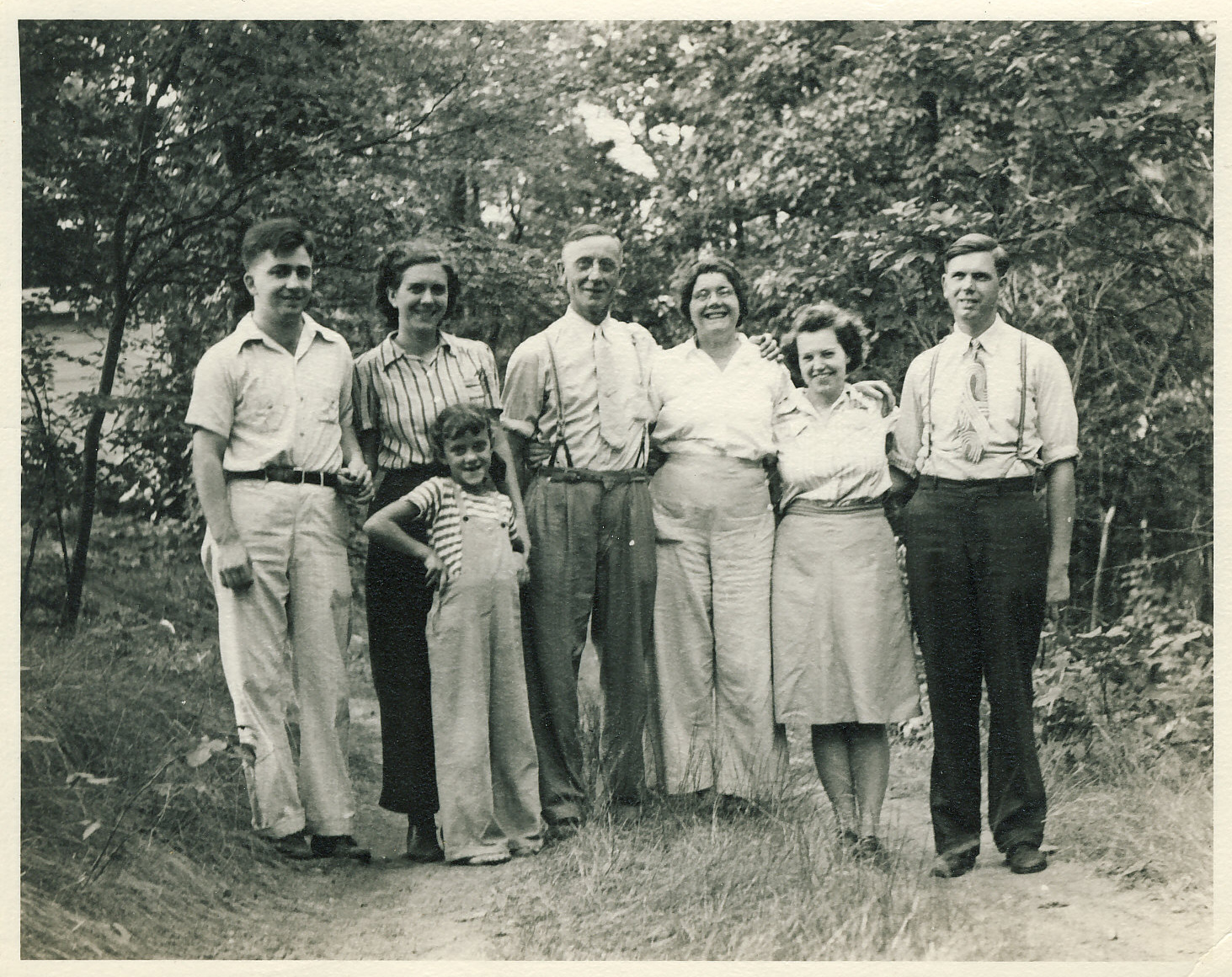It was with a certain amount of trepidation that we decided to take a DNA test.
 For one thing, I’m a private person, and exposing our DNA isn’t exactly the height of privacy. At best we open ourselves — if we allow it — to share our results with other researchers. At worst, we leave a digital fingerprint for law enforcement to track us or our kin. And somewhere in between is a concern as to whether health insurers or others can buy (or hack) their way into our private lives.
For one thing, I’m a private person, and exposing our DNA isn’t exactly the height of privacy. At best we open ourselves — if we allow it — to share our results with other researchers. At worst, we leave a digital fingerprint for law enforcement to track us or our kin. And somewhere in between is a concern as to whether health insurers or others can buy (or hack) their way into our private lives.
Nevertheless, it seemed like a risk that was worth the potential benefits . . . those benefits being validation of our genealogical research, and testing some assumptions about our forefathers.
And . . . the results are in.
Ethnicity
If our research was thorough, we could expect that Ancestry DNA’s Ethnicity Estimate and ranges would closely align with our own calculated ethnicity.
Based on the percentage of DNA we got from our ancestors (parents, grandparents, great-grandparents and great-great grandparents) and where they came from, we calculated our heritage as shown in the first two columns below. Ancestry DNA’s analysis is shown in the remaining three columns.
| Our Calculated Heritage | DNA Ethnicity Estimate and Range | |||
| Scottish | 37.50% | Scotland | 43% | 28-43% |
| German | 25.00% | Germanic Europe | 33% | 26-57% |
| English | 25.00% | England & N.W. Europe | 7% | 0-31% |
| Irish | 6.25% | Ireland | 7% | 0-15% |
| Misc U.K. & W. Europe | 6.25% | Wales | 4% | 0-7% |
| Total | 100.00% | Sweden & Denmark | 3% | 0-12% |
| Baltics | 1% | 0-2% | ||
| Sardinia | 1% | 0-2% | ||
| Basque | 1% | 0-1% | ||
| Total | 100% | |||
It appears the Ancestry DNA test estimates rather closely align with what we’d calculated in our own genealogical research. The small percentage of the Swedish and Danish estimate is intriguing but not definitive, and the trace percentages of the Baltics, Sardinia, and Basque regions are interesting, but most likely flukes given their extremely low figures. By and large, the DNA estimates were what we would have expected.
Lost Kin
The other benefit of DNA testing is finding unknown relatives in the family. Our DNA report showed ten “close family” matches with from 3% to 16% shared DNA. All but one of those were known cousins (and the 16% was a first cousin), so no surprises there. The single unknown match, on our maternal side, uses the cryptic handle of “Su918” and has no family tree; they could be someone we do or don’t know. At a 4% match they are probably a distant cousin.
The remaining matches are “extended family” or “distant family.” There are two extended family matches (1-2% shared DNA) who also have an ancestor in their family trees in common with us. All of the rest are “distant” family matches, sharing less than 1% of our DNA.
In short, here too the DNA results were largely what was expected.
No Skeletons in the Closet
And unlike some families, ours don’t seem to have any “skeletons in the closet” — surprise brothers, sisters, aunts, uncles or cousins born outside of known long-term partnerships. Perhaps that’s a testament to the marital fidelity of our forefathers and mothers.
Traits
Lastly, we included the test for genetic traits in our DNA package. The results were mixed, leading me to think this testing was more parlor game than science. Whereas I’ve always considered myself an introvert, the DNA results pegged me as likely to be more extroverted. My endurance fitness puts me in the “commonly found in elite endurance athletes” camp . . . laughably funny. I supposedly like cilantro, even though I frequently ask my wife to go easy on it in her meals. Some things, such as “morning person” and “risk averse” are true. And “more sensitive to sweets” was proven yet again this Easter season with jelly beans and chocolate candy consumption. But on the whole I didn’t find this part of the DNA test particularly useful or insightful.
Summary
For me the Ancestry.com DNA testing was more a confirmation of what we’d already found in our research rather than a breakthrough insight into our family past. It’s still early days, though. Some potential “extended” or “distant” family member match may contact us in the future with more information about our clan. We can only wait and see.
